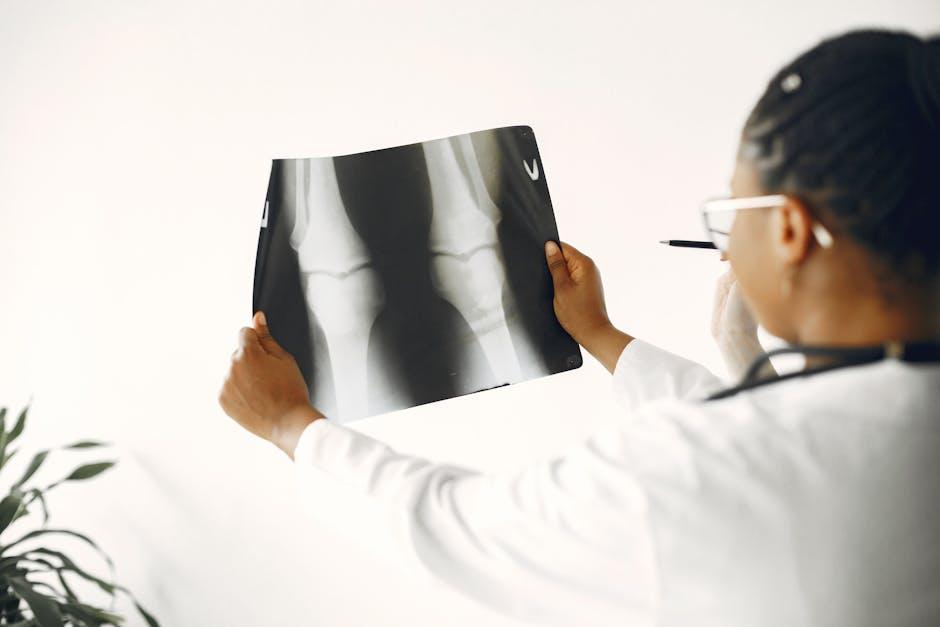
Breaking Barriers: Dr. Jessica Rickert Inspires Native Dentists
In the world of dentistry, representation matters profoundly. Dr. Jessica Rickert stands as a symbol of perseverance and inspiration, breaking barriers for Native American dentists across the United States. Recognized as the first American Indian woman to graduate from an American dental school, her journey exemplifies courage, resilience, and dedication to improving the representation of Indigenous voices in healthcare.
Who is Dr. Jessica Rickert?
Dr. Jessica Rickert, a member of the Prairie Band Potawatomi Nation, made history in 1975 by becoming the first Native American female dentist to receive a degree from the University of Michigan School of Dentistry. This groundbreaking achievement paved the way for many indigenous dentists who have followed in her footsteps.
Her commitment to the dental community and her advocacy for Native American health issues has made Dr. Rickert a respected leader and role model. Beyond her clinical work, she actively works to inspire young Native Americans to pursue careers in dentistry.
The Importance of Representation in Native Dentistry
The presence of Native American dentists in the healthcare system is crucial for culturally competent care and addressing health disparities in Indigenous communities. Unfortunately, Native Americans remain significantly underrepresented in dentistry.
Key challenges faced by Native American populations in oral health include:
- Higher rates of dental decay and periodontal disease
- Limited access to dental care in rural and reservation areas
- Cultural barriers and mistrust in healthcare systems
By breaking barriers, Dr. Jessica Rickert inspires indigenous youth to enter the dental profession. This increased representation leads to better understanding, trust, and tailored healthcare solutions within Native communities.
Dr. Rickert’s Impact on Native American Dental Professionals
Dr. Rickert’s influence extends far beyond her own career. She has mentored emerging Native dentists and played a pivotal role in organizations such as the Society of American Indian Dentists (SAID), founded to strengthen and support Native dental professionals nationwide.
Some of her key contributions include:
- Advocating for scholarships and educational programs encouraging Native students in dentistry
- Promoting culturally responsive training and patient care
- Participating in health policy discussions to improve Indigenous oral healthcare funding and awareness
Case Study: Society of American Indian Dentists (SAID)
Inspired by pioneers like Dr. Rickert, the Society of American Indian Dentists (SAID) was formed to create a supportive network for Indigenous dental students and professionals. This group focuses on increasing the number of Native dentists and addressing oral health disparities affecting Native communities.
| SAID Mission | Key Activities | Impact |
|---|---|---|
| Increase Native representation in dentistry | Mentoring programs, conferences, scholarship promotion | Growing network of Native dental professionals nationwide |
| Improve oral health in Indigenous communities | Outreach clinics, educational workshops, research support | Improved patient care and health outcomes |
| Advocate for culturally sensitive dental care | Policy advocacy, professional development courses | Enhanced awareness and inclusivity in dental practices |
Benefits of Having Native Dentists in Indigenous Communities
Native dentists not only provide expert dental care but also foster trust and cultural understanding essential for effective treatment. Here are some notable benefits:
- Improved Communication: Shared cultural background enhances patient comfort and communication.
- Role Models: Inspiring Native youth to pursue healthcare careers.
- Better Health Outcomes: Tailored treatments addressing community-specific challenges.
- Reduction of Health Disparities: Increased access to affordable, culturally competent dental care.
Practical Tips for Aspiring Native Dentists
If you are a Native American student aspiring to follow Dr. Rickert’s footsteps in dentistry, consider the following practical tips for success:
- Seek mentorship: Connect with Native dental professionals or organizations like SAID.
- Access scholarships: Apply for tribal and Indigenous-focused dental scholarships.
- Prepare academically: Focus on sciences and maintain a competitive GPA.
- Engage with your community: Volunteer in health outreach programs to build relevant experience.
- Stay resilient: Breaking barriers takes persistence — keep your goals clear and adapt as needed.
Recommended Resources
- Society of American Indian Dentists (SAID)
- National Institute of Dental and Craniofacial Research
- American Dental Association – Diversity Initiatives
Conclusion: Carrying the Torch Forward
Dr. Jessica Rickert’s legacy transcends her personal achievements, igniting a movement among Native American dentists and healthcare professionals. By breaking down barriers, she has facilitated greater representation and empowered Indigenous communities to take charge of their oral health.
Her story reminds us that diversity in healthcare not only enriches the profession but also elevates the quality of care for underserved populations. Aspiring Native dentists can look to Dr. Rickert as a beacon of hope, resilience, and dedication, knowing they too can break barriers and inspire generations to come.
For those interested in supporting Native American dental students or improving Indigenous health outcomes, engaging with organizations like SAID and promoting educational opportunities is a powerful way to contribute.


